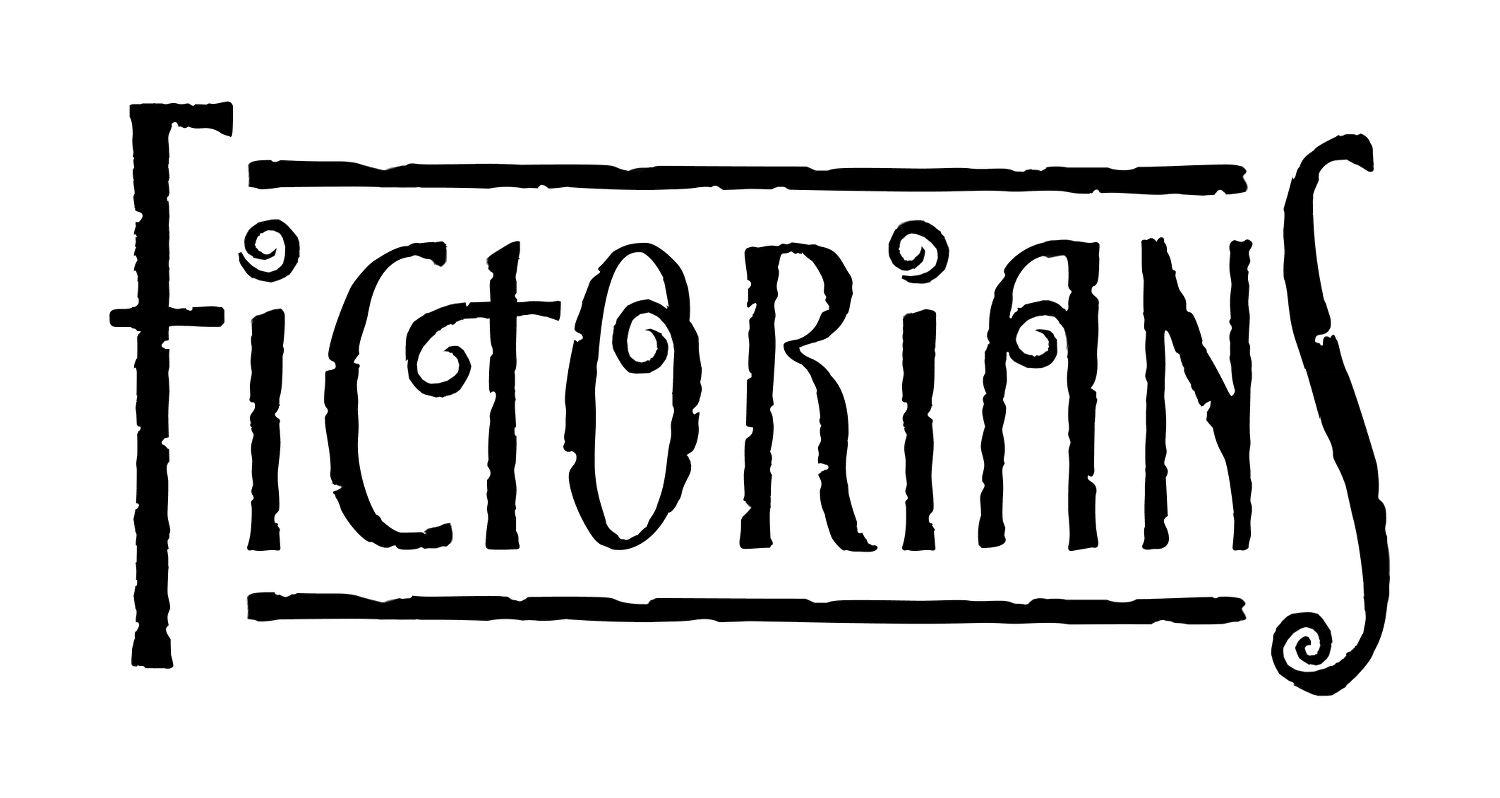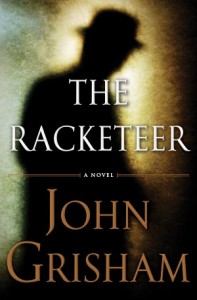Short story submission guidelines can sometimes look like a laundry list of Thou Shalt Nots. Thou shalt not write longer than the longest long that we can brain…Thou shalt not have more blood splatter than a Quentin Tarantino movie…Thou shalt not profane the Flying Spaghetti Monster…Thou shalt not write about clowns eating pudding…
Most of these are pretty solid rules but some can be skirted and occasionally — if you’re willing to take the risk — you can ignore one or two entirely. How can you tell which are which? Well when in doubt abide by the rules. This isn’t something that a novice should try. When gambles like this pay off it’s usually because the writing is so good that the editor is willing to overlook the disregard. And as I said, most of the guidelines should be obeyed regardless.
For example, when editors say they don’t want to read a story based on your favorite D&D campaign or one that has enough sex and profanity to make Howard Stern blush, they mean it. The former they see often enough to go into convulsions at the mere mention of it and the latter they can’t publish because it would offend their target audience. They know what their audience better than we do so it’s best to take their word on it.
Word counts on the other hand can be a little more flexible. Magazine and anthology editors know how many words fit on a page and how many pages the budget will allow. They also have an idea of how many stories they would like to fill those pages with. If your story is a slightly under the minimum count, you can still submit it without too much fuss. Every editor that I know prefers too short to too long. Especially since it gives them breathing room for the other submissions. That being said, if you’re over the word limit you’re better off shaving those excess words. It’s hard to write short and few can do it well so it’s not a good idea to assume that there will be a story that’s short the exact number of words needed to accommodate yours. Plus some editors won’t read anything over the maximum because they don’t want to fall in love with a story they can’t buy.
One of the less clearcut gambles lies in the domain of themed anthologies. Say an editor is putting together a collection of stories about magical flying red pandas (because who doesn’t love red pandas?) and they want them in the style of Mr. Rainbow McSweetandfluffy. The best thing to do would be to write exactly that. However, if Sweetandfluffy isn’t your thing but Ms. Dark McThrilling is you could submit that in the hope that the editor decides that your story is exactly what the anthology needs to prevent the readers from going into diabetic shock. But then again, they might not.
This kind of gamble is similar to investing in the stock market. You may lose on your investment at first but if you stay the course you might make a profit months or years in the future. The editor might pass on your McThrilling because they really do want only Sweetandfluffy. But if they need McThrilling-style stories for a different project they might invite you to write for that instead. There’s no guarantee that they’ll buy it but it does mean that the gamble paid off. The editor wouldn’t have invited you if your red panda story didn’t make a good impression. Of course there’s that pesky if. Make the wrong impression and there won’t be an invitation.
Whether it’s wise to gamble is up to you. I’ve had mixed success but that’s the way of it.



